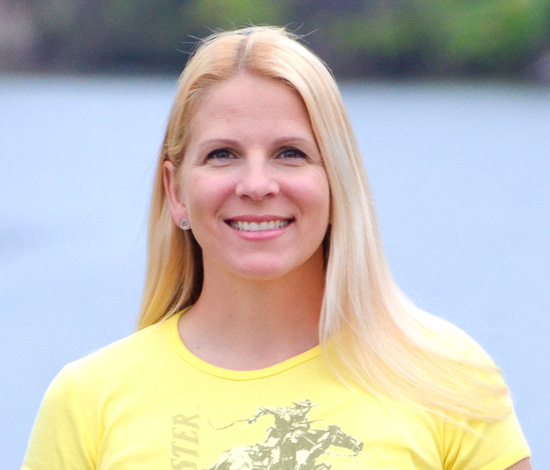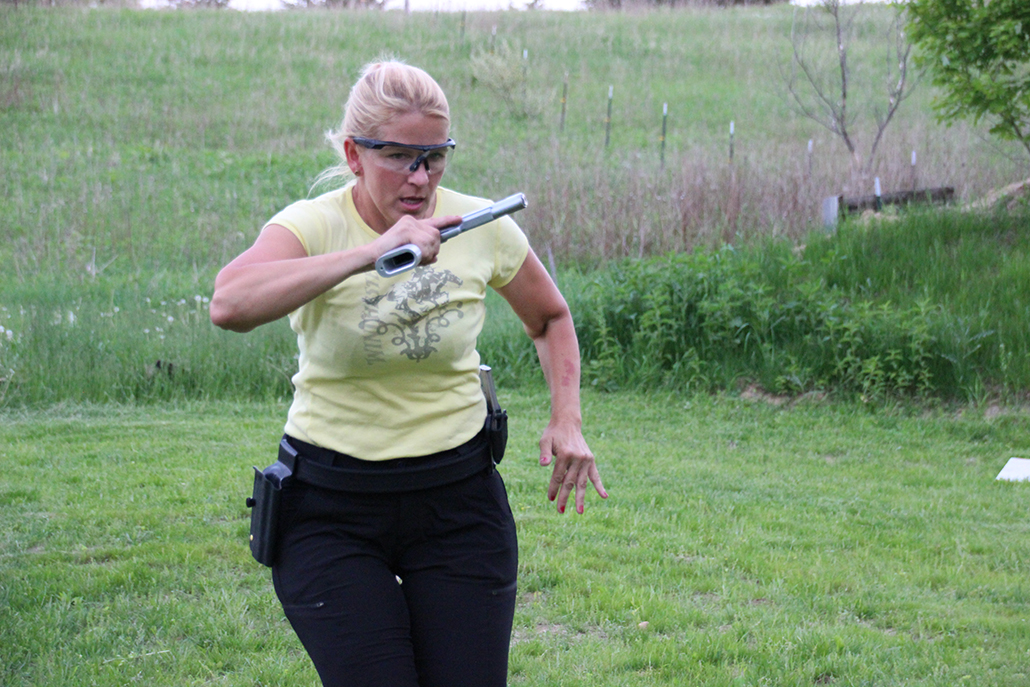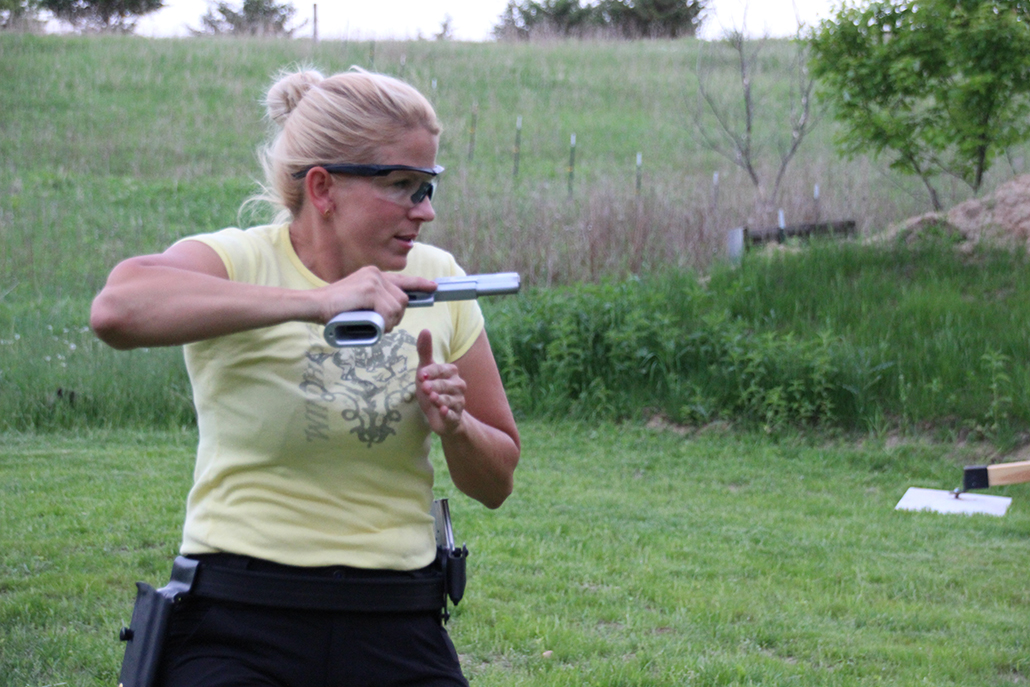Shooting a Handgun - Movement Drill
Safe movement with a firearm is a valuable skill. One of the best ways to learn to move with a firearm is by doing it.
If we are able to safely move with a firearm in a competition - under stress, on the clock, as fast as we can, etc., we will be better prepared for other occasions we might handle a firearm while moving - like on our way to the deer stand or duck blind. We’re going to cover a few simple concepts on movement with a firearm that you can practice to help you move safely and keep your mind in the shooting match.Preventing cookies from being stored on your device may interfere with your ability to view video content.
You can adjust your cookie setting by clicking the button below.
Finger off the trigger
You MUST always remove your finger from the trigger when moving with a firearm. Some ranges and disciplines/matches require that you engage the safety when you move, but for handgun, your finger should be out of the trigger guard. Often that means you place your finger on the frame. One item to consider when moving with a firearm is that if you fall, your body instinctively tenses up. That’s why having our finger off the trigger is so important - you don’t want to tense up and squeeze the trigger! So you will sometimes see very exaggerated fingers off the trigger. But the important part is that it’s off as soon as you fire your shot, and before you move, and it doesn’t go back on until you coming onto the target in a new position.
For the beginner, this can mean just walking from position to position. For the middle of the pack shooter, you can practice other components that we like to “bury” in movement, like a mag change at the start of your movement. For the experienced shooter, you will change your mag in the first couple of steps, and then move fast to your next position.
Just like we talked about economy of motion in previous blogs, economic use of time is a component to competition shooting. We don’t perform a static mag change while the clock is ticking. Our goal is to be filling every second on the clock with shooting so that when we are at the end of our stage, it was full of shooting, not running back and forth or standing still changing mags.
Look where you are going
Your mom told you this for a reason. We can’t move if we don’t see where we need to move. Our vision is such a big part of shooting that it seems to have a role in every skill. When we move, using our peripheral vision to process information is part of what we do. But to start movement, we need to look where we are going. We will break down mag changes and vision involved in that skill separately, but for simple movement on the clock, consider that you have to look where you want to go. Most competitors have a mag change so ingrained in their muscle memory that they hold their gun high enough to keep their eyes where they need to be looking and the mag change happens in their periphery. This is a good habit to get into.
Think about the set-up.
For a new shooter, movement can be approached so that as you come into a position, you stop without overstepping your mark. You want to be ready to shoot as soon as your sights are on target. So if I have to step into a box, I want to shoot as soon as possible. If the rules require my feet to be inside the box, that is usually translated as “If one foot is inside, and the other is in the air coming into box, I’m inside.” This isn’t ideal if you have many rounds to shoot, but if you have a really fast stage and a good shooter, they will start shooting as soon as their trailing foot leaves the ground. It’s a timing thing. It takes focus. You want to be ready to shoot as soon as the behind foot comes up off the ground when you enter a new shooting box, and your lead foot lands down into a new position. For a new shooter, focus on a good stance as you enter a new position and worry about the fractions of time later.
So get out and practice some movement with dry fire, then live fire, if your range allows it. And make sure you follow Winchester’s social media channels for more hunting and shooting tips and updates on Winchester supported events and promotions on Facebook, You Tube, Instagram and Twitter.






